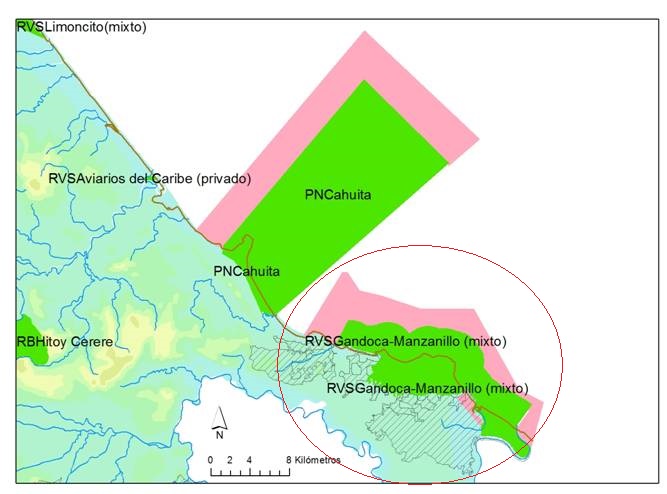A participative process with artisanal fishers of Coope Tárcoles R.L., government authorities represented by INCOPESCA and CoopeSoliDar R.L. as a facilitator of the process, was initiated for the development of the MRFA fishing management plan.
Artisanal fishers and semi-industrial trawlers was agreed that semi-industrial trawlers would stay for 3 miles from the coast. During 2009 semi-industrial trawlers made the proposal to move out from water areas with a depth of 15 meters or less but requested that artisanal shrimp fishers had also to respect this no fishing zone so that the white shrimp population could recuperate faster.
There was also an agreement for a one-year ban on shrimp captures by artisanal and commercial fleets, which was transformed in year 2012 by the INCOPESCA Board of Directors into a national decree (AJDIP-193) as stipulated by the MRFA decree.
After the ban, Coope Tárcoles R.L. requested permits for shrimp fishing. This request was backed up by the INCOPESCA research department and approved and the shrimp semi-industrial trawlers were requested to permanently stay out of the agreed 15 meter zone. Later, shrimp trawlers agreed to move out of the area 5 nautical miles from the coast to support sustainable shrimp populations.
• Cooperation with and assistance by Coope Solidar
Government and shrimp fishing industry willing to dialogue
Prior informed consent is important
Capacity strengthening and respect of local views and cultural identity is crucial
Long-term relationship
Trust and understanding. between actors
